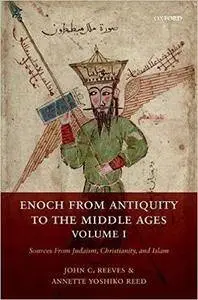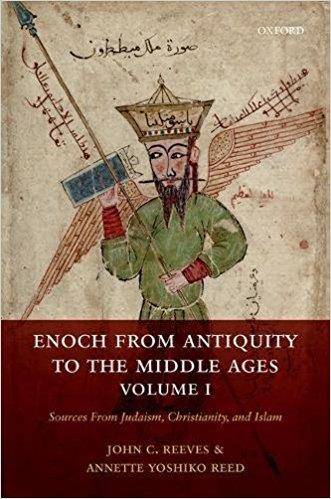Enoch from Antiquity to the Middle Ages: Sources From Judaism, Christianity, and Islam, Volume I by John C. Reeves, Annette Yoshiko Reed
English | 2018 | ISBN: 0198718411 | 416 Pages | PDF | 56.9 MB
English | 2018 | ISBN: 0198718411 | 416 Pages | PDF | 56.9 MB
Across the ancient and medieval literature of Judaism, Christianity, and Islam, one finds references to the antediluvian sage Enoch. Both the Book of the Watchers and the Astronomical Book were long known from their Ethiopic versions, which are preserved as part of Mashafa Henok Nabiy ('Book of Enoch the Prophet')–an Enochic compendium known in the West as 1 Enoch. Since the discovery of Aramaic fragments among the Dead Sea Scrolls, these books have attracted renewed attention as important sources for ancient Judaism. Among the results has been the recognition of the surprisingly long and varied tradition surrounding Enoch. Within 1 Enoch alone, for instance, we find evidence for intensive literary creativity.
This volume provides a comprehensive set of core references for easy and accessible consultation. It shows that the rich afterlives of Enochic texts and traditions can be studied more thoroughly by scholars of Second Temple Judaism and early Christianity as well as by scholars of late antique and medieval religions. Specialists in the Second Temple period-the era in which Enochic literature first appears-will be able to trace (or discount) the survival of Enochic motifs and mythemes within Jewish literary circles from late antiquity into the Middle Ages, thereby shedding light on the trajectories of Jewish apocalypticism and its possible intersections with Jewish mysticism. Students of Near Eastern esotericism and Hellenistic philosophies will have further data for exploring the origins of 'gnosticism' and its possible impact upon sectarian currents in Judaism, Christianity, and Islam. Those interested in the intellectual symbiosis among Jews, Christians, and Muslims in the Middle Ages-and especially in the transmission of the ancient sciences associated with Hermeticism (e.g., astrology, theurgy, divinatory techniques, alchemy, angelology, demonology)-will be able to view a chain of tradition reconstructed in its entirety for the first time in textual form. In the process, we hope to provide historians of religion with a new tool for assessing the intertextual relationships between different religious corpora and for understanding the intertwined histories of the major religious communities of the ancient and medieval Near East.



